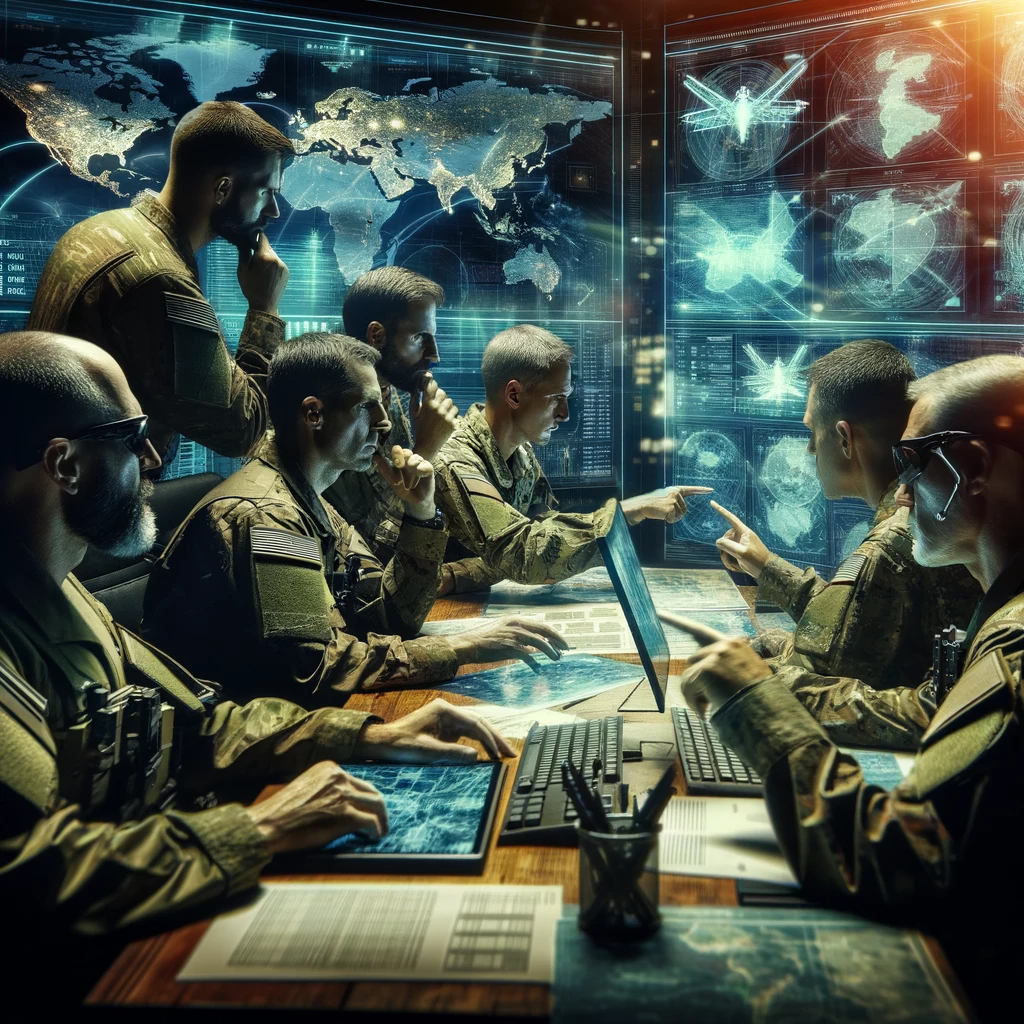The Art of Deception: Psychological Principles Behind Military Camouflage and Misdirection
The Art of Deception: Psychological Principles Behind Military Camouflage and Misdirection
Introduction
In the complex tapestry of military strategy, the art of deception plays a pivotal role, shaping outcomes of conflicts and wars throughout history. This sophisticated dance of misdirection and camouflage not only relies on tangible tools and technologies but is deeply rooted in psychological principles. Understanding these underlying psychological tactics is crucial for comprehending how military forces manipulate perceptions to achieve strategic advantages. This article delves into the cognitive and perceptual foundations that make military camouflage and deception so effective, exploring the interplay between human psychology and military tactics.
The Psychology of Perception and Camouflage

Military camouflage is not merely about blending into physical environments; it’s a psychological ploy aimed at exploiting the human brain’s perceptual limitations. The principle of visual perception plays a crucial role in the effectiveness of camouflage. The human visual system is designed to recognize patterns, shapes, and colors in the environment, a process that can be deceived through carefully designed camouflage patterns that disrupt these cognitive processes (Cott, 1940). By mimicking the textures, colors, and patterns of the surrounding environment, military camouflage makes it difficult for the observer to detect the presence of personnel or equipment.
Cognitive Biases and Misdirection
Cognitive biases significantly influence the success of military deception. These biases, the shortcuts our brains take in processing information, can be manipulated to mislead the enemy. For instance, the confirmation bias, where individuals are more likely to notice and assign significance to observations that confirm their existing beliefs and hypotheses, can be exploited through feints and decoys (Heuer, 1999). By presenting misleading information that confirms the enemy’s preconceived notions, military strategists can direct attention away from their true intentions, allowing them to maneuver undetected or prepare for unexpected attacks.

The Role of Information and Psychological Warfare
Beyond the visual aspect of camouflage, psychological principles are extensively applied in information warfare and strategic misdirection. Disinformation and propaganda are tools designed to exploit psychological vulnerabilities, spreading uncertainty, fear, and demoralization among the enemy ranks (Paul, 2011). These tactics rely on the understanding of group dynamics, communication theories, and emotional triggers to manipulate perceptions and degrade the enemy’s decision-making processes.
Technological Advances and Future Directions
As technology advances, so do the methods of military deception. Digital and cyber warfare introduce new dimensions to psychological operations, using social media and other digital platforms to influence perceptions and sow discord among adversaries (Rid, 2012). The future of military camouflage and misdirection will likely leverage artificial intelligence and machine learning to create even more sophisticated strategies that exploit psychological principles in novel ways.

Conclusion
The art of deception in military strategy is a testament to the complex interplay between technology, psychology, and human cognition. By understanding the psychological principles that underpin effective camouflage and misdirection, military forces can continue to develop innovative tactics that leverage the cognitive vulnerabilities of their adversaries. As technology evolves, so too will the methods of deception, requiring ongoing research and adaptation to stay ahead in the ever-changing landscape of warfare.
FAQ
- What is the primary purpose of military camouflage? The primary purpose is to conceal personnel or equipment from the enemy by blending into the surrounding environment, exploiting the human brain’s perceptual limitations.
- How do cognitive biases affect military deception? Cognitive biases, such as confirmation bias, influence perception and decision-making, allowing military strategists to mislead the enemy by manipulating these biases.
- What role does information warfare play in military deception? Information warfare involves the use of disinformation, propaganda, and digital manipulation to influence perceptions, spread uncertainty, and demoralize the enemy.
- How have technological advances impacted military deception? Technological advances, particularly in digital and cyber warfare, have introduced new tools for psychological operations, leveraging social media and artificial intelligence to enhance strategies.
- What future directions might military deception take? Future directions may involve more sophisticated use of artificial intelligence and machine learning to exploit psychological vulnerabilities in increasingly complex ways.
For More Information:
- Cott, H. B. (1940). Adaptive Coloration in Animals.
- Heuer, R. J. (1999). Psychology of Intelligence Analysis.
- Paul, C. (2011). Strategic Communication: Origins, Concepts, and Current Debates.
- Rid, T. (2012). Cyber War Will Not Take Place.
Dr. Jerry D. Smith Jr. is a clinical psychologist and empathic expert specializing in human empowerment and leadership.
More from Dr. Jerry Don Smith Jr. and Operational & Defense Psychology Review






